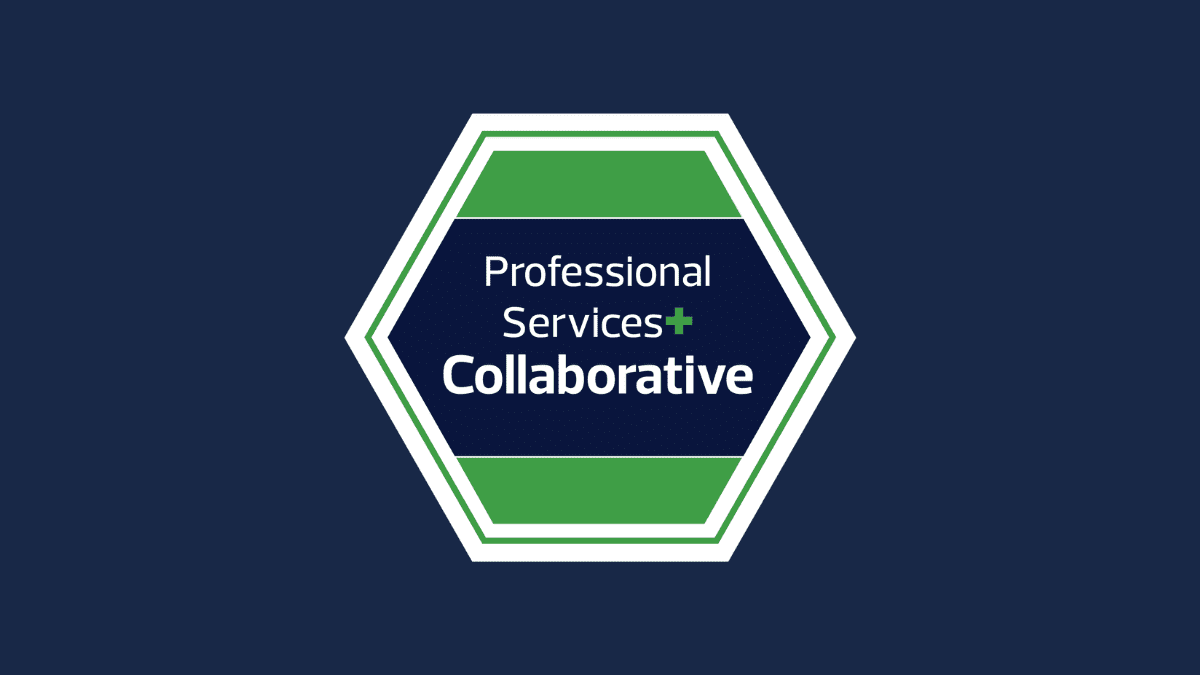ARTICLE | February 02, 2024
In a previous article, we discussed navigating material weaknesses in internal controls as an important part of IPO readiness. The journey to an IPO is a complex, multifaceted process. Beyond addressing material weaknesses in internal controls, companies need to consider other elements that play a critical role in IPO readiness. There are many steps to consider – even before you start filings with the SEC. By understanding and preparing for these challenges, companies can successfully navigate the transition from private to public.
Organizational considerations for IPO readiness
Many companies must undertake significant organizational changes before going public. Major stock markets require listed companies to have a majority of independent directors on their board and to form an audit committee with at least one individual who is a “financial expert.” Understanding and complying with these corporate governance standards is crucial for IPO readiness.
Besides these “key” personnel changes, companies may need to add positions within their finance and accounting organization to ensure adequate segregation of duties and controls. Public companies are required to have a Sarbanes-Oxley Act (SOX) audit and auditors must assess and sign off on management’s assessment of internal controls. Many private companies run lean and, as a result, cannot maintain adequate “checks and balances” over key roles and functions.
Accounting and reporting considerations
Transitioning from a private to a public company brings about a new world of accounting standards, additional financial reporting, and audit requirements. The SEC requires that S-1 forms contain audited financial statements for specified periods, including historical periods. Those historical periods may need to be restated to reflect all public company accounting requirements. Private companies were able to elect certain accounting treatments that cannot be used as a public company (i.e. lease rates, intangible assets and goodwill, stock options fair value, and hedge accounting). Additional footnote disclosures are also required for public entities. Companies need to carefully evaluate their current accounting policies and make changes before the first SEC filing.
Public company financial reporting has strict deadlines on a quarterly basis that many public companies are not subject to. A private entity must create a process, and staff accordingly, to meet this quicker turnaround.
Building a public company infrastructure
The transition to becoming a public company requires the right infrastructure. From building the right team to developing processes and controls, establishing this infrastructure begins with strategic planning and an understanding of the basics. Moreover, the need to understand the tax, legal, and regulatory compliance requirements is also important and requires the right legal and accounting partners.
IPO readiness is a complex process that extends beyond internal controls. It requires a comprehensive understanding of a company’s business, the IPO process, accounting and reporting considerations, and the need to build a public company infrastructure. By understanding these elements and seeking expert guidance, companies can successfully navigate the IPO process and establish a strong foundation as a public entity.
Do you have questions or want to talk?
Call us at (800) 232-9547 or fill out the form below and we’ll contact you to discuss your specific situation.




